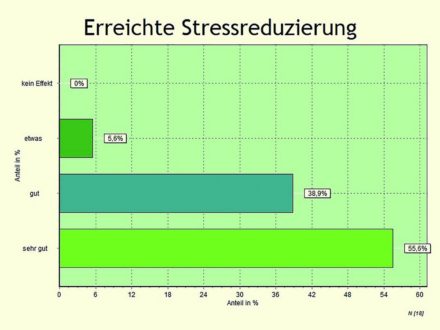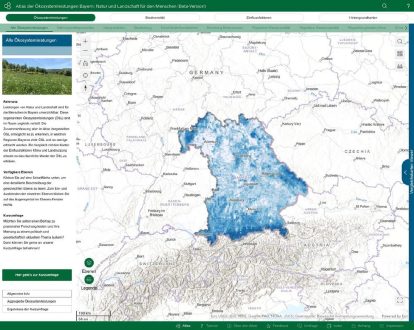
The LUM Science Prize Young Scientist Award 2024 goes to Amin Said Amin, University of Duisburg-Essen
Théo Merland, Institute for Molecules and Materials of Le Mans, Le Mans University, and Soft Matter Sciences and Engineering, ESPCI Paris-Sorbonne University, France, discussed his work on aqueous fullerene suspensions. Buckminster fullerene (C60) is an attractive molecule due to its high conjugation, with applications in (electro)-optical and biomedical fields. The two different processes developed by Merland and his team to disperse large amounts of fullerene in water attracted great interest.
Priyabrata Sahoo, Centre for Nano and Soft Matter Sciences, Bengaluru, and Manipal Academy of Higher Education, Manipal, India, was nominated for his scientific achievements under the theme Interfacial Properties Dominate over Bulk Solvent Properties in Liquid Phase Exfoliation: an Experimental Study using Dispersion Analyser are summarized. Thanks to Sahoo and his team, there is now new insight into the role of the solute-solvent interface in LPE of 2D materials and dispersion stabilization. These topics that are of great interdisciplinary interest, as the intensive discussion showed.
M. Sc. Amin Said Amin was awarded Young Scientist 2024 for his work Developing a Methodology for Systematic Selection of Probe Liquids to Determine Hansen Solubility Parameters for Carbon Black materials [2], which he carried out at the Institute for Energy and Materials Processes – Particle Science and Technology (EMPI- PST), University of Duisburg-Essen, in Duisburg.
Hansen solubility parameters (HSP or Hansen dispersibility parameters, HDP) are used when it comes to the dispersion of particles in liquids; they characterize the surface properties of nanoparticles. HDPs can provide an understanding of key factors in the development and design of electrodes, electrolytes and other key components of electrochemical systems. Current methods for determining HDP of nanoparticles by sedimentation are based on the time-consuming use of a variety of liquids, some of which are environmentally harmful, with different HSPs.
In response to this challenge, Amin and his team developed a two-stage strategy that allows for a systematic selection of fewer liquids. The analytical multi-sample centrifuge LUMiSizer® was used for these investigations. The process implemented by Amin and his team led to a reduction in the volume of liquid required for experiments from the current over ten to a maximum of seven. This selection was determined by a clearly defined, coherent methodology. Despite the reduction in the probe fluid list, the HSP values for carbon black did not change significantly.
In addition to carbon black, the validation process included other diverse materials such as nanoscale non-pigmented titanium dioxide, silicon/carbon composites and lanthanum cobaltite particles. These materials are widely used in applications such as fuel cells, batteries, cyclohexene oxidation, catalytic combustion, photocatalysis, and heterogeneous Fenton reactions.
As laudator Prof. Dr. Dr. Lerche, chairman of the scientific conference, emphasized in his speech that the work of Amin Said Amin is a worthy follow-up to the seven previous prize winners from Israel (2014), the Netherlands (2015), Australia (2016) and Germany. 2016, 2018, 2019) and Brazil (2022). The new experimental approach makes it possible to demonstrate the potential of analytical centrifugation for particle surface characterization, to apply it successfully and to enormously reduce or even completely avoid environmentally harmful influences and potential health risks. The award winner’s results have already been published internationally in ChemCatChem [3].
Prof. Lerche was very pleased to introduce the new external jury members for the upcoming LUM Awards to the conference audience. Prof. Dr.-Ing. Doris Segets, University of Duisburg-Essen, Nanoenergy Technology Center (NETZ), Chair for Particle Science and Technology, Institute for Energy and Materials Processes; PD Dr.-Ing. habil. Frank Babick, Technical University of Dresden, Institute for Process Engineering and Environmental Technology, Head of Research Group Mechanical Process Engineering, Privatdozent at the Faculty of Mechanical Science and Engineering; and Dr.-Ing. Johannes Walter, Friedrich Alexander University Erlangen-Nuremberg, Chair for Solid and Interface Process Engineering, Head of Research Group Advanced Colloid Characterization.
[1] Press release LUM GmbH of 15 April 2024
[2] Developing a Methodology for Systematic Selection of Probe Liquids to Determine Hansen Solubility Parameters for Carbon Black materials, Amin Said Amin et al., International Conference Dispersion Analysis & Materials Testing 2024, Abstracts, https://www.dispersion-letters.com/files/news/Conference%202024/2024-ICDAMT_Abstract_Amin%20Said%20Amin_nominated_YSA2024.pdf
[3] A Procedure for Rational Probe Liquids Selection to Determine Hansen Solubility Parameters, Amin Said Amin et al., 16. January 2024, https://chemistry-europe.onlinelibrary.wiley.com/doi/full/10.1002/cctc.202301393
LUM GmbH
Justus-von-Liebig-Str. 3
12489 Berlin
Telefon: +49 (30) 6780-6030
Telefax: +49 (30) 6780-6058
http://www.lum-gmbh.com
Marketingleiter
Telefon: +49 (30) 678060-40
Fax: +49 (40) 678060-58
E-Mail: A.Uhl@lum-gmbh.de
![]()



